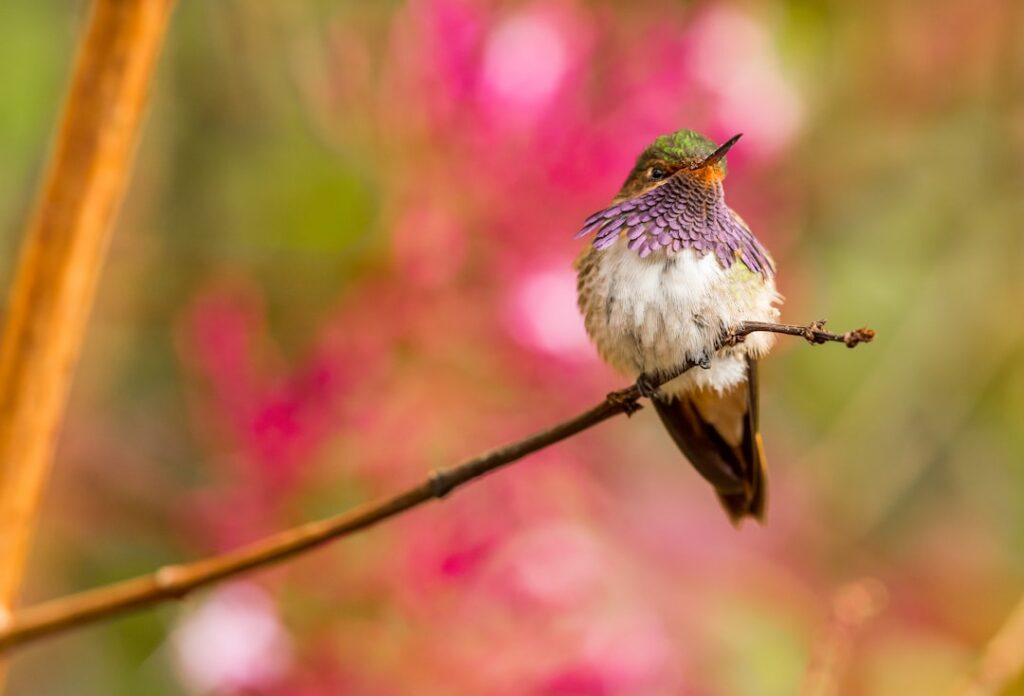
Overview of the topic “Lily Bird Age”
The term “Lily Bird Age” refers to the specific aging process and lifespan considerations of a particular bird species known as “lily birds.” This topic not only piques the interest of bird enthusiasts and researchers but also holds broader environmental and ecological implications. Understanding how these birds age helps in the conservation efforts and offers insights into the natural world’s complexities.
Defining Lily Bird Age
Lily Bird Age encompasses the study and observation of the life expectancy and aging milestones of lily birds. These birds, named for their frequent habitats in lily-populated waters, exhibit unique aging characteristics that differentiate them from other avian species.
Origin of the term
The term originated from ornithological studies that identified distinct patterns in the aging process of these Lily Bird Age primarily influenced by their diet, environment, and breeding habits.
Biological Aspects of Aging in Birds
Lily Bird Age like many other creatures, go through a series of biological changes as they age. These changes include decreased fertility, changes in plumage, and a decline in physical capabilities.
Specifics of aging in lilies compared Lily Bird Age
Lily birds typically exhibit longer lifespans compared to other birds of similar size. Researchers attribute this to their low-stress environments and natural diets rich in nutrients.
Environmental Influences on Lily Bird Age
How habitat affects aging
The serene, nutrient-rich environments typical for lily Lily Bird Age secluded wetlands—contribute significantly to their longevity by providing ample food supplies and reduced predation risks.
Impact of climate change on lifespan
Climate change poses a significant threat to these habitats, potentially reducing lifespan by altering the delicate balance of their ecosystems.
Comparative Age Analysis
When compared to more common birds like sparrows or robins, lily birds tend to live longer, possibly due to less exposure to urban threats and a steady diet.
Lifespan records: The oldest lily birds
Records indicate some lily birds have reached ages significantly beyond what is typical for similar-sized species, with a few notable individuals surpassing 15 years of age.
The Role of Genetics in Lily Bird Age
Certain genetic traits, such as resistance to diseases commonly found in wetland areas, have been linked to the longevity of lily Lily Bird Age
Research and studies on genetic markers
Ongoing research continues to explore which genes contribute most significantly to longevity and how these can be protected or enhanced through conservation.
Health and Wellness in Aging Lily Birds
As lily birds age, they may face issues such as joint deterioration, vision loss, and diminished immune responses.
Diet and nutrition for longevity
A diet rich in fish and aquatic plants is crucial for maintaining health and longevity in these birds. Supplements and careful management of food sources in captivity can mimic these conditions to improve lifespan.
Human Impact on Lily Bird Lifespan
Urban sprawl lily bird age agricultural development pose the most significant risks to lily bird habitats, directly impacting their lifespan by reducing access to food and safe nesting areas.
Conservation efforts to support aging populations
Conservation initiatives aimed at protecting wetlands and regulating hunting are critical to ensuring these birds can reach their potential lifespan.
Aging Lily Birds in the Wild vs. Captivity
Studies show that lily bird age in the wild tend to live longer and healthier lives due to the natural exercise and diet they receive, compared to those kept in captivity.
Examples from zoos and nature reserves
Certain zoos and reserves have implemented specialized programs to better mimic natural habitats, which has resulted in noticeable improvements in the health and lifespan of captive lily birds.
Expert Opinions and Research
Leading experts in ornithology have noted that understanding and supporting the aging process of lily birds can serve as a model for broader avian conservation efforts.
Latest findings in avian age research
Recent studies have focused on the impact of environmental stability and stress-free living conditions on the aging process, highlighting the importance of habitat conservation.
Conclusion for Lily Bird Age
In summary, the study of Lily Bird Age offers valuable insights into not only the biology of aging in birds but also the broader implications for environmental conservation and ecological balance. Continued research and public awareness are vital for the preservation of these magnificent creatures and their habitats.